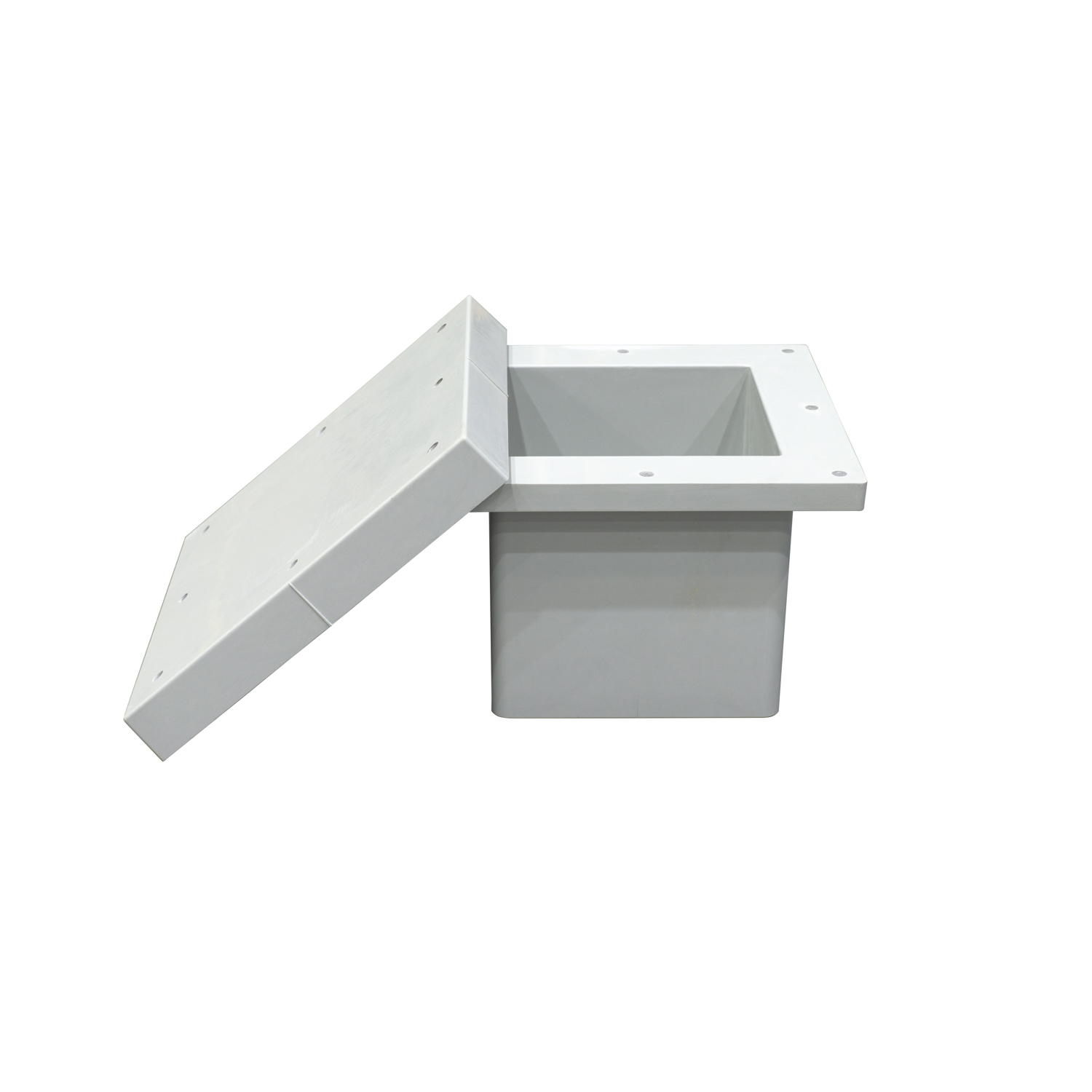Views: 0 Author: Site Editor Publish Time: 2024-02-14 Origin: Site









SMC molding, also known as Sheet Molding Compound molding, is playing a significant role in modern architecture and design. This innovative technique offers numerous advantages that are revolutionizing the industry. In this article, we will explore the advantages of SMC molding in modern architecture and delve into its various applications in design. With its versatility, durability, and cost-effectiveness, SMC molding is changing the way architects and designers approach their projects. From creating intricate architectural designs to producing lightweight yet sturdy components, SMC molding is paving the way for a new era in architecture and design. Let's dive into the world of SMC molding and discover its impact on modern construction and aesthetics.
SMC molding, also known as sheet molding compression, is revolutionizing the field of modern architecture. With its numerous advantages, SMC molding has become a popular choice for architects and designers alike.
One of the key advantages of SMC molding is its versatility. It can be molded into various shapes, sizes, and designs, allowing architects to create unique and innovative structures. Whether it's a complex facade or a simple interior fixture, SMC molding can be customized to meet the specific requirements of any architectural project.
In addition to its versatility, SMC molding offers exceptional strength and durability. Made from a combination of fiberglass and resin, SMC molding is known for its high mechanical properties. It can withstand extreme weather conditions, heavy loads, and even seismic activities, making it an ideal choice for buildings in areas prone to natural disasters.
Furthermore, SMC molding is lightweight compared to traditional construction materials. This not only reduces the overall weight of the structure but also allows for faster and more efficient installation. In today's fast-paced construction industry, time is of the essence, and SMC molding helps architects and builders meet tight deadlines without compromising quality.
Another advantage of SMC molding in modern architecture is its excellent corrosion resistance. Unlike traditional materials such as steel or wood, SMC molding does not rust or decay over time. This makes it particularly suitable for coastal or humid environments where corrosion can be a significant issue.
Moreover, SMC molding is a sustainable choice for environmentally conscious architects. The manufacturing process of SMC molding produces minimal waste, and the materials used are recyclable. By opting for SMC molding, architects can contribute to reducing their carbon footprint and promoting a greener future.
SMC molding, also known as sheet molding compression, has become increasingly popular in modern architecture and design. This innovative method allows for the creation of complex shapes and structures that were once thought to be impossible. With its versatility and durability, SMC molding offers endless possibilities for architects and designers to bring their visions to life.
One of the main advantages of SMC molding is its ability to produce lightweight yet strong components. This is achieved through the use of fiberglass, a material known for its exceptional strength-to-weight ratio. By combining fiberglass with a thermosetting resin, SMC molding creates a composite material that is both durable and lightweight. This makes it ideal for applications in architecture where weight is a concern, such as in the construction of bridges, facades, and even entire buildings.
In addition to its strength and lightweight properties, SMC molding also offers excellent design flexibility. Architects and designers can create intricate patterns, textures, and shapes that would be difficult or impossible to achieve with traditional construction methods. This allows for the creation of unique and visually striking architectural elements that enhance the overall aesthetic of a building.
Furthermore, SMC molding is highly resistant to corrosion, weathering, and UV radiation, making it suitable for both indoor and outdoor applications. Its durability ensures that structures and components made using SMC molding will withstand the test of time, requiring minimal maintenance and repair.
The use of SMC molding in modern architecture and design is not limited to structural elements. It can also be utilized in the creation of decorative features, furniture, and even art installations. The versatility of SMC molding allows for seamless integration into various design styles and concepts, from minimalist and contemporary to traditional and ornate.
SMC molding is a preferred choice for architects and designers in modern architecture due to its versatility, strength, lightweight nature, corrosion resistance, and sustainability. It has revolutionized the field of architecture and design by offering a unique combination of strength, lightweight properties, and design flexibility. SMC molding allows for the creation of complex shapes and structures, opening up possibilities for visually stunning and durable architectural elements. It is a game-changer in the world of modern architecture and design, whether used in the construction of buildings, bridges, or decorative features.
+86 13913647707 / 13915651436


